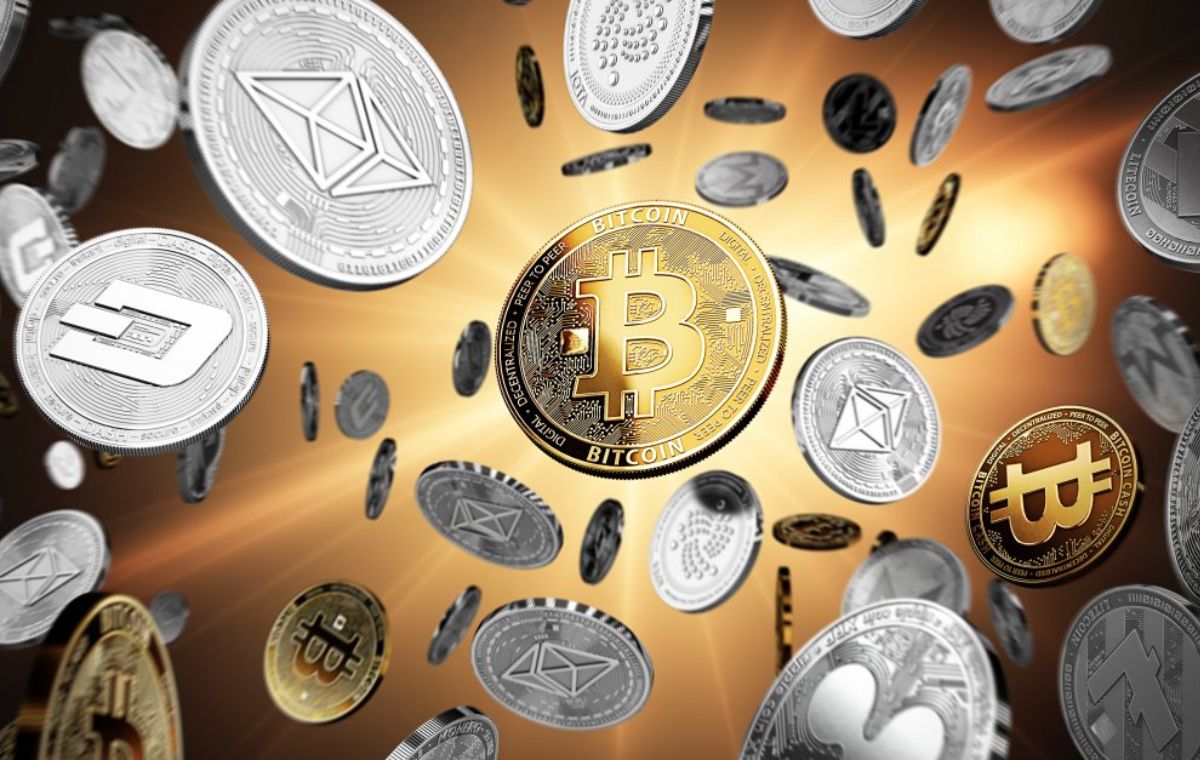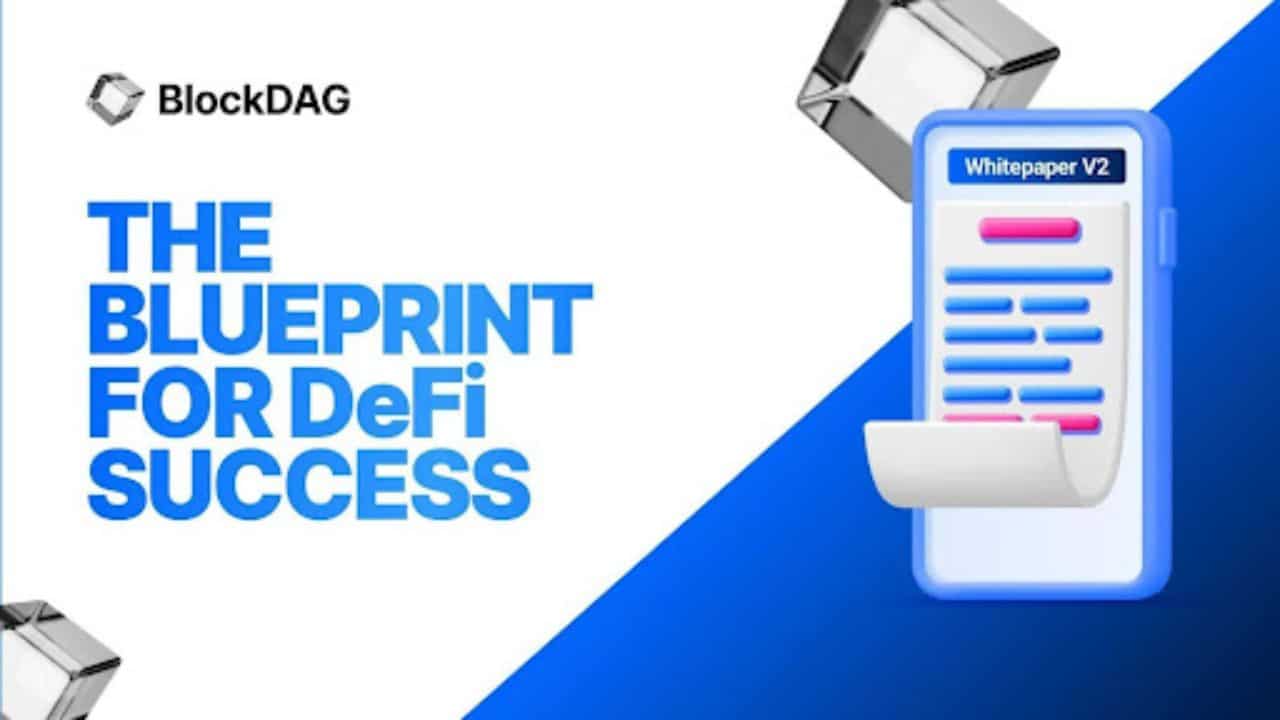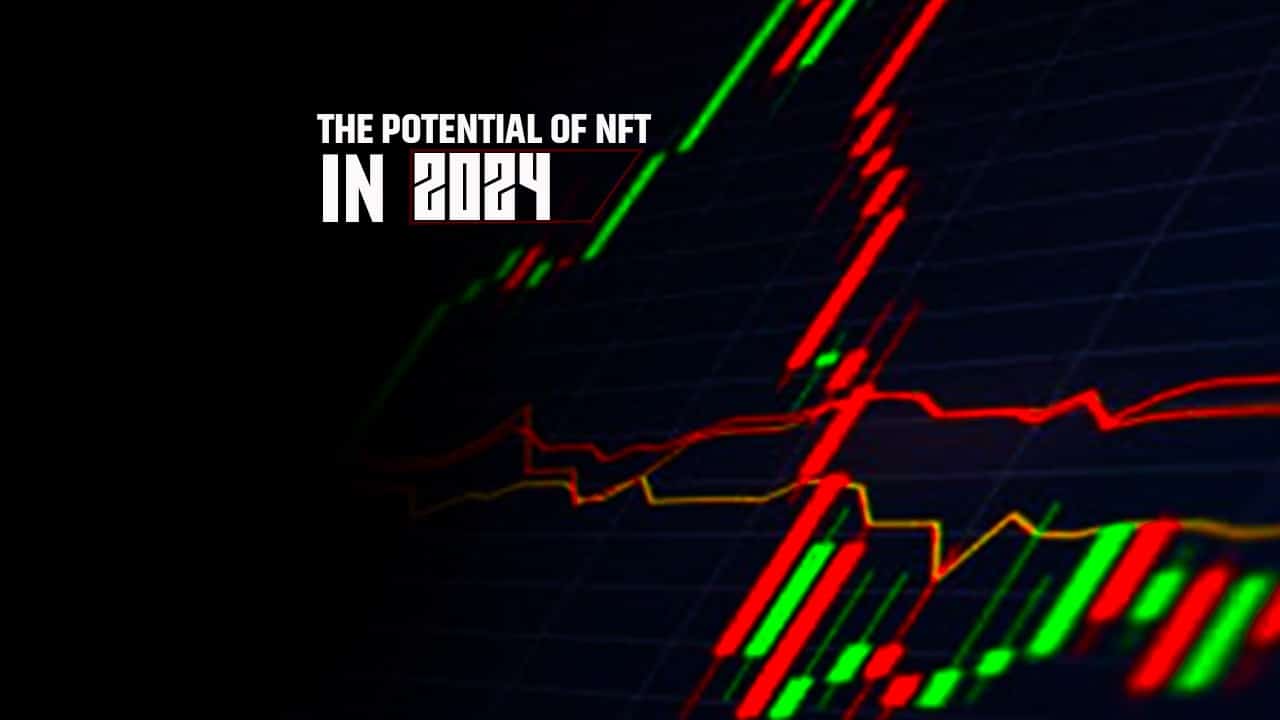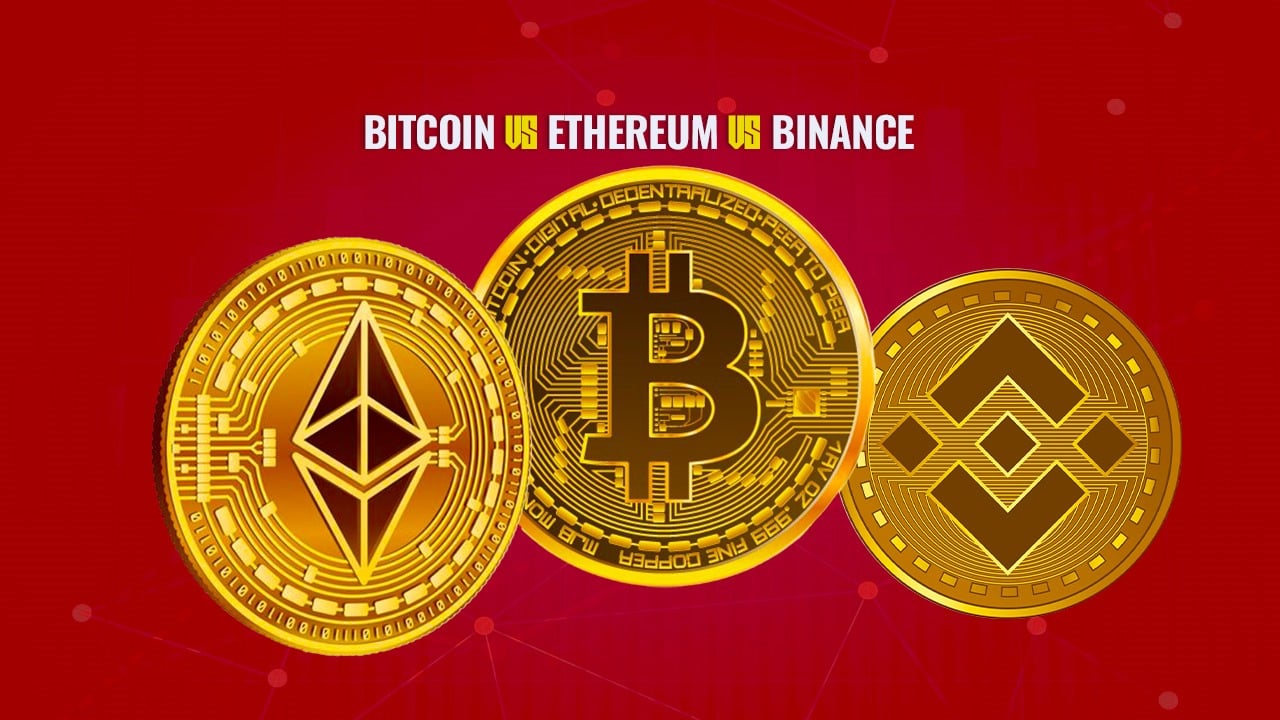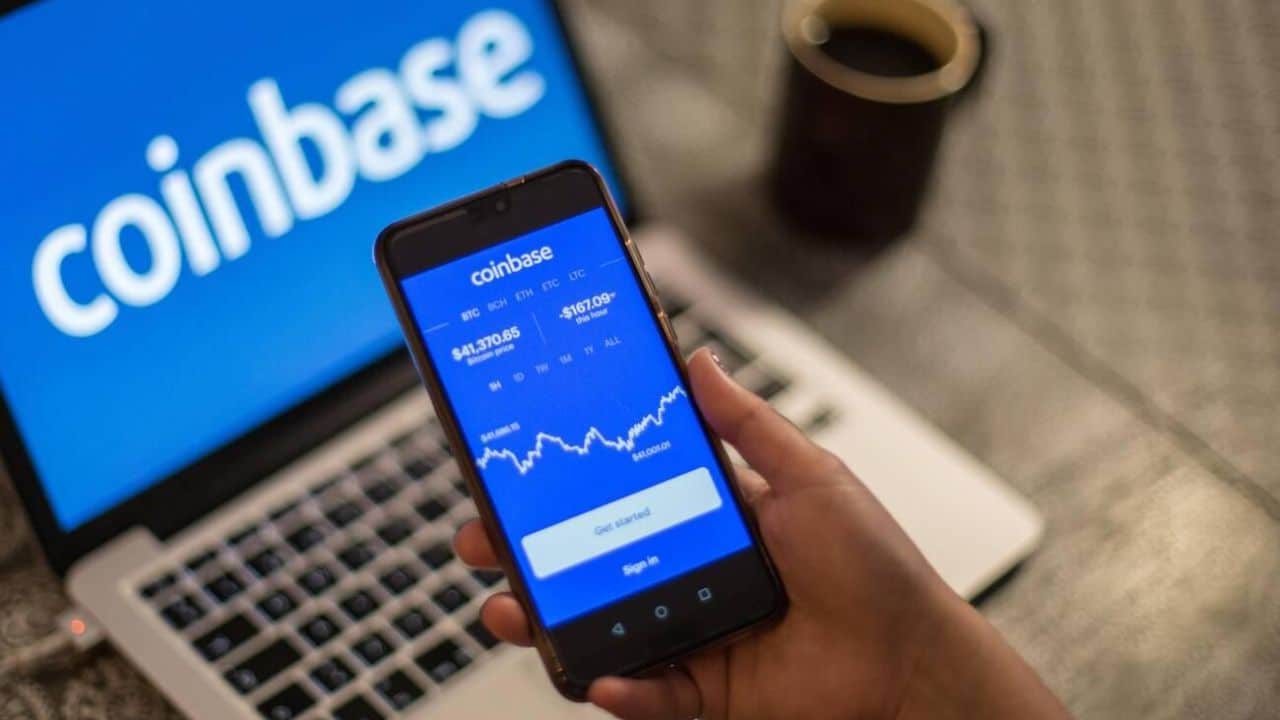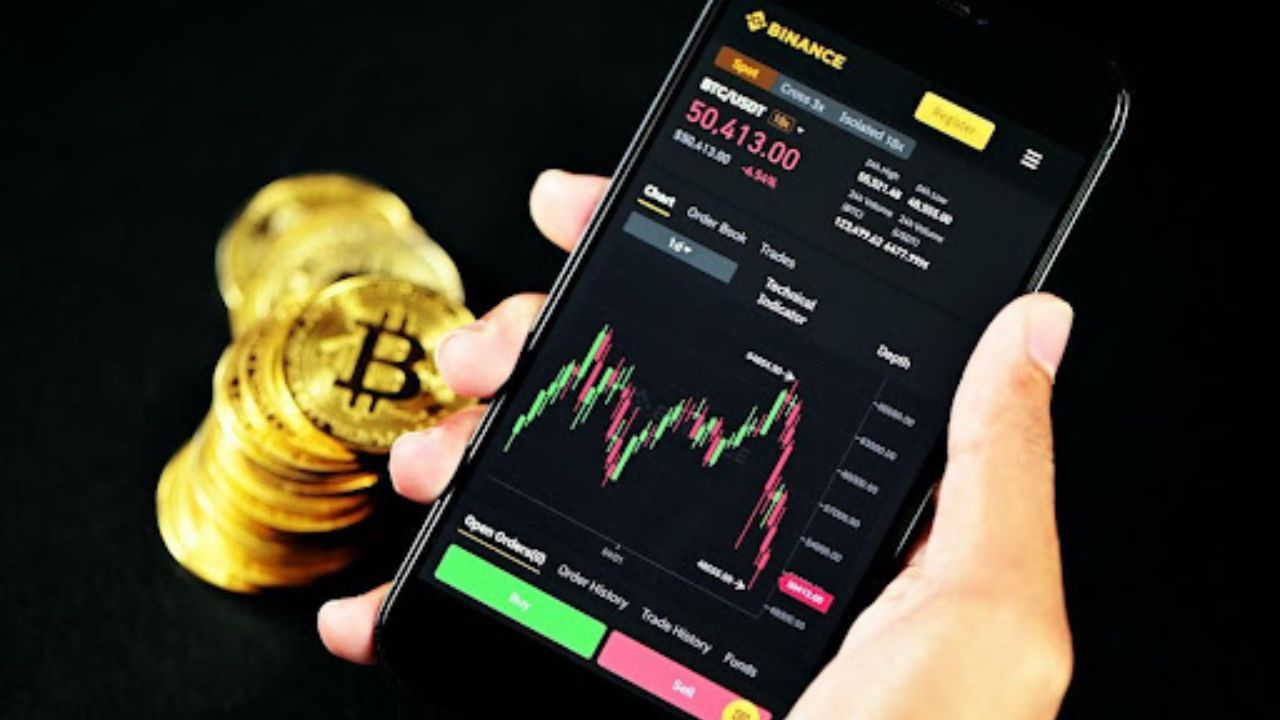Listen to the Podcast:
Twelve years ago, the concept of cryptocurrencies did not exist in our vocabulary or the daily management we heard about in the news, business, or coffee talks.
As of January 3, 2009, the date when the first point-to-point network (P2P or peer-to-peer) based on a protocol called Bitcoin began to unleash a series of technologies and activities that, today, are more in the public domain, Concepts such as Bitcoin, cryptocurrencies, crypto actives, blockchain (blockchain), digital portfolios (wallets), digital currency, crypto mining, among others, we already hear about them in the news, we read about them in the newspapers, and they are the center of attention of great celebrities and nations trying to promote or condemn them.
When talking about cryptocurrencies, we refer to payment systems and means, merchandise, savings, and investment strategies. The systems have been democratized to the extent that almost anyone can process a digital portfolio or Wwalletand contract the services of an Exchange meeting point for commercial cryptocurrency transactions. A person with an electronic transfer from their bank (SPEI) and a few clicks from their cell phone and computer can own Bitcoin, Ether, XRP, Dogecoin, Cardano, Litecoin, DAI, TrueUSD, PPolkadot, and more than 10,000 other cryptocurrencies that are currently active according to CoinMarketCap.
What are Cryptocurrencies Based On?
The technology that has made the entire world of cryptocurrencies possible is the blockchain. A concept that poses a huge revolution not only in our economy but in all kinds of areas.
Blockchain is a public ledger of transactions. Through our banks and the national financial system, we are accustomed to the fact that any money transaction (sending, receiving, payment, accreditation, etc.) depends on an intermediary who is the one who supports the process and validates the transaction, which centralizes all the movements and eliminates all the control that the users have.
With a blockchain, the control of the transactions rests entirely with the users, which decentralizes the management of said movements since this technology turns each user into a node (point) of protection and management of the record book in charge of verifying those transactions. Transactions to validate.
In simple terms, a blockchain is a gigantic ledger in which records (blocks) are linked and encrypted to protect the security and privacy of transactions, that is, a distributed and secure database (thanks to encryption).
The Operation of a Blockchain is as Follows:
- One person wants to send money to another.
- The transaction is represented on the network as a “block.”
- The block is broadcast to all parts of the network.
- Those in the network (nodes) approve that the transaction is valid.
- The block can then be added to the chain; this provides an indelible and transparent record of the different transactions.
- Money moves from one person to another.
Thanks to this characteristic of encryption, decency, and certainty, blockchain technology will change the world as we know it. Currently, it is not only used in the world of money or the economy; there are also projects in property registration, payments in the real world, carsharing, cloud storage, digital identity, music, public and government services, social security and health, and authorship management, among many other applications.
Are Cryptocurrencies the Future of Money?
Many people may be surprised or even show signs of fear towards cryptocurrencies as digital currencies and a means of payment and transaction. However, let’s remember that digital money is not as far from our daily use as we may think.
Our salary is deposited into a bank payroll account. Through debit and credit cards, we make payments. Through mobile banking applications or digital wallets (Wallets), we make transactions and payments for services, taxes, food, airtime for cell phones, and all these activities without physically touching money.
Cryptocurrencies have the same function as the money we use daily since they help us pay for products or services. Now, how is digital technology money? It can be hackable, so cryptography comes into play to give it more security.
Cryptocurrencies enable secure online payments and are named in terms of virtual “tokens,” represented by internal ledger entries on the Blockchain.
The only problem with the largest capitalization cryptocurrencies today is that their value is unstable, there is no reference to a stability factor, or they have collateral to hold them at a value with little or no fluctuation. This presents a severe problem for their acceptance as a more universal means of payment. Fortunately, a series of stablecoins seek a value with little variability. They may, in the future, be a means of payment and a transition to more universal digital currencies.
At the moment, many countries have made a series of efforts to form their own central bank digital currency (CBDC) to build a series of regulated stablecoins.
The European Union is working with the digital euro. In October 2020, the European Central Bank established the idea of its creation through the approval of the draft of the MICA (Markets in Capital Assets). Finally, Japan is working with the digital yen. It has created the Digital Currency Forum, where the technical implications have been discussed and accepted so that it can begin to develop in April 2021.
Therefore, we can consider that the cryptocurrencies that we know are the basis of the money of the future. Thanks to the characteristics of the blockchain, countries will establish their digital banks and develop their own currency with a stable value for payment. The future smiles at us regarding commercial transactions, the issuance of money, and how we will use it.

